Becoming a Beam of Light

Statistics show that Indian girls in regards to self-esteem, education, and independence, due to gender roles and sexism, are in a worse place than their male peers. For example, Indian adolescent girls’ self-esteem (Rao et al). The literacy rate for females in India is 65% while the male literacy rate is 82% (Rajput). According to Girls Not Brides, a collection of 1400 organizations committed to ending child marriage, “47% of girls [get married] before 18” in India. We need to provide them with the support they need to take control of their own futures and build self-confidence in order to push back against harmful gender roles. By allocating resources towards women’s and girls’ empowerment we are not only telling women and girls that they should know that their worth is not attached to being someone’s daughter, wife, sister, or mother but that their future as a member of society is valued, too.

Profugo is committed to creating sustainable, community-centered programs in Wayanad. All programs are implemented and developed alongside community members and aimed to address issues (such as sexism) that affect community members. A Beam of Light (ABoL) is a space dedicated to the adolescent girls of the Wayanad area. It’s a self-lead group; the participants plan the group’s yearly schedule by making lists of events and opportunities that would benefit them. Gilgy, Profugo Staff Member from the field, says these activities range from “yoga class, needlework/ embroidery class, and [a] removing plastic campaign.” Another Staff Member from the field, Abhilash, says that “career guidance program[s] and personality development workshop[s]” are both in the works, but have been put to the side for now due to COVID-19.
The girls of Wayanad have certainly made ABoL a force for good in their lives. Some descriptions by field staff say that the members of ABoL have grown to be more communicative, friendly, confident at community events and in executing their own program. For example, at Profugo’s end-of-the-year event in Wayanad, all members of the community are invited to come together for a celebration in praise of all their hard work. The members of ABoL began to lead the program and even got up to perform “vivid cultural activities” (Abhilash). This was something that might not have been seen as possible to some of the girls months ago, but their confidence and leadership skills have grown beautifully, says Abhilash. The members of ABoL have grown together because of their own willingness and self-assurance to push themselves.
But it’s not just the staff who are seeing changes in the members’ behavior, it’s the members themselves, as well. Jibina, Ansila, and Abina are three determined and enthusiastic members of ABoL. Each member relayed their hopes for their future and their thoughts on ABoL to our field staff. Jibina seems ambitious and resourceful, saying she’s participated more in the community since she became a member of ABoL. “A girl from a remote village can’t expect to have these types of opportunities. So it’s so important to others and to me,” Jibina notes. Ansila seems curious and sympathetic, saying she felt “compassion[ate] for the” residents of the old age home whom ABoL visited. She enjoys learning and intends to “make a happy atmosphere for [her] parents” as well as aid her brother in his education. Abina appears motivated and generous, stating that she wants to “be a journalist, as well as a good human being. I cannot make everyone happy, but I can help others, which will make their lives better than now.” She wants to take care of her parents in old age and says her friends support her in life. All three girls also cite career plans when asked about their hopes for the future, showing how determined they are to make their own career. Jibina aims to become a medical doctor, Ansila a teacher, and Abina a journalist. Without this essential program, young women might not be able to reach their full potential. Jibina, Ansila, and Abina and all adolescent girls deserve and have the right to programs that lift them up so they can become their best selves.
When the conditions and opportunities for young women and girls improve, the rest of society does too. Studies show that society does benefit and improve greatly if more resources are put towards female empowerment. One effort found that “$12 trillion could be added to global gross domestic product by 2025 by advancing women’s equality” (Jalal). Women’s empowerment and genuine efforts to close the gap between men and women creates a better world we all want to live in. Supporting a vulnerable group- that being women and young girls- is interlaced with fighting society’s issues. There’s also positives that may not be directly evident and are more long-term that are produced when education is available to young women. For example, education for girls also reduces rates of HIV/ AIDS and malaria. Brookings Institution says that a study of 72 countries found that “HIV prevalence rates fall to 3 percent where the literacy gap between boys and girls is below 5 percent” (Kwuak et al). Another extremely important factor to consider in educating girls is climate change and its effects. The Center for Global Development found that “female education is a major determinant of resilience in the face of weather-related shocks that are likely to increase with global warming” (Kwuak et al).
Field Fellow Julianna described a particularly inspiring moment from when the group received their scores on pre-degree tests. “Whilst I was glad to see them taking their education so seriously, but I had to remind them not to be so hard on themselves. They all did well, so I tried to reassure them that they will get into good colleges and be able to pursue their dreams. They also were so supportive of one another, even when a friend received better results than the others. It is beautiful to witness such ambition and dedication in this generation of young women.”
A huge thank you to our amazing and dedicated field staff and wonderful members of ABoL who answered questions to help write this blog!
Resources:
Girls Not Brides. Findings from India: Low Self-esteem Leaves Girls Vulnerable to Child Marriage. 1 June 2015. www.girlsnotbrides.org/findings-from-india-low-self-esteem-leaves-girls-vulnerable-to-child-marriage/.
Jalal, Imrana. “The Key to Unlocking Development Gains: Empowering Women and Girls.” Development Asia, 28 Feb. 2020, development.asia/insight/key-unlocking-development-gains-empowering-women-and-girls.
Rajput, Seema. “Why Are Our Girls Not in School?” YourStory.com, 26 Oct. 2018, yourstory.com/2018/10/girls-not-in-school.
Rao, GPrasad, et al. “The Indian “girl” psychology: A perspective.” Indian Journal of Psychiatry, vol. 57, no. 6, July 2015, p. 212, www.ncbi.nlm.nih.gov/pmc/articles/PMC4539864/. Kwauk, Christina, et al. What Works in Girls’ Education: Evidence for the World’s Best Investment. Washington: Brookings Institution Press, 2015. www.brookings.edu/wp-content/uploads/2016/07/whatworksingirlseducation1.pdf.
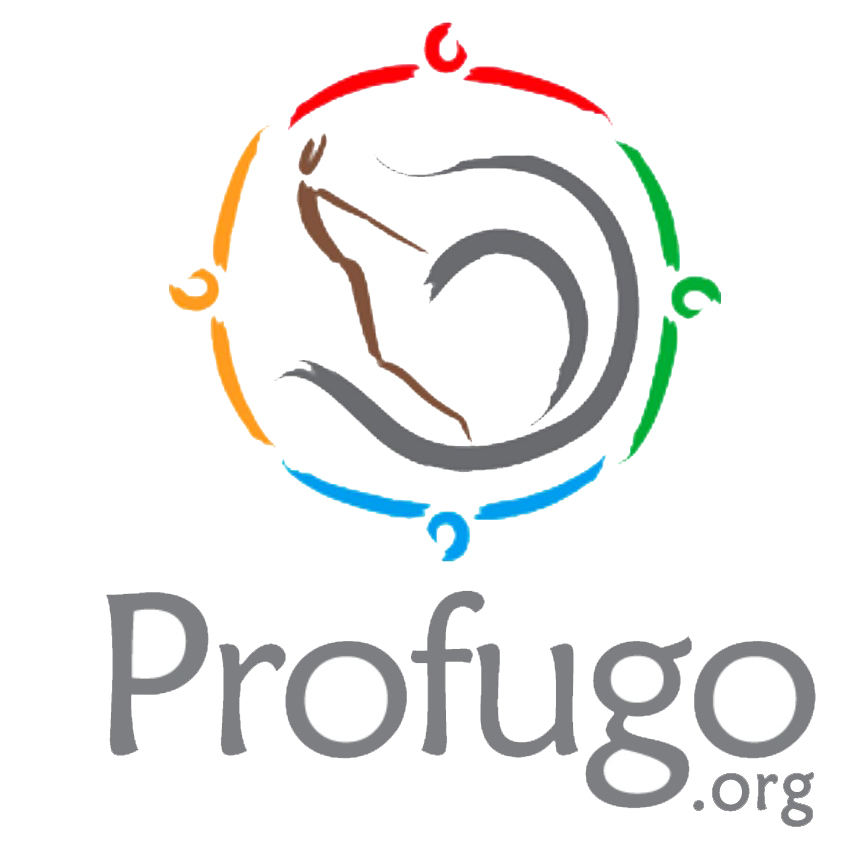
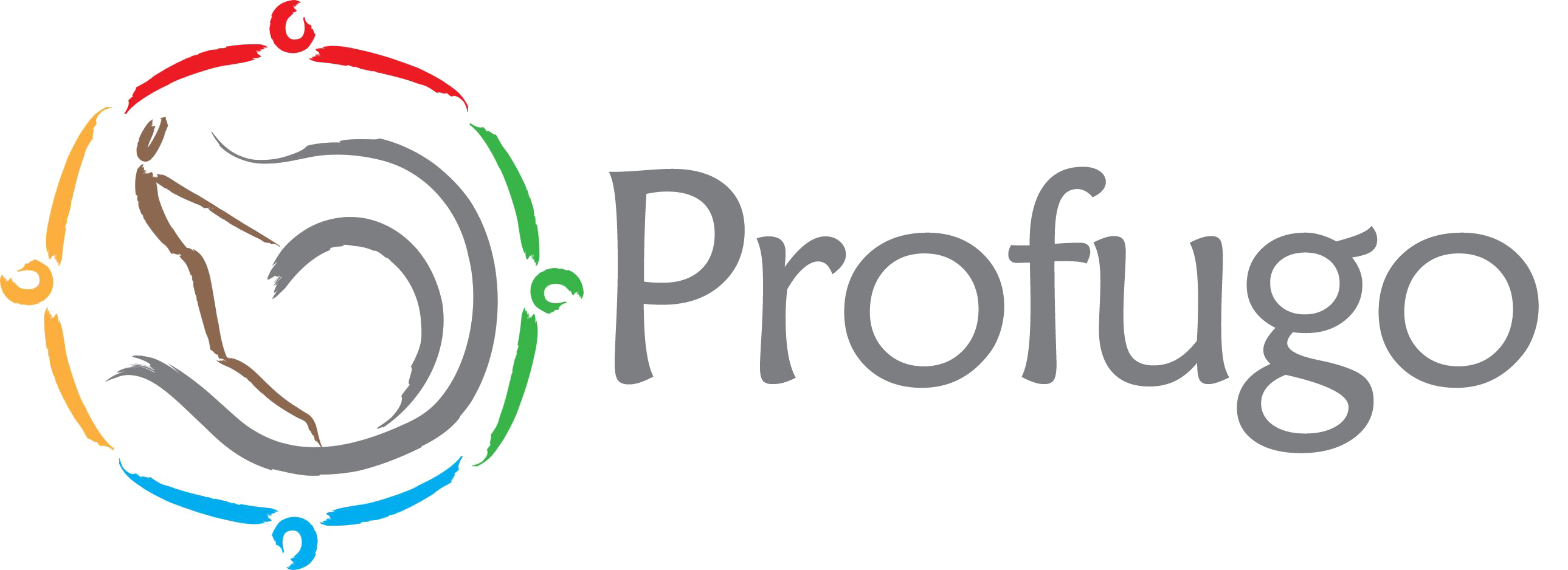

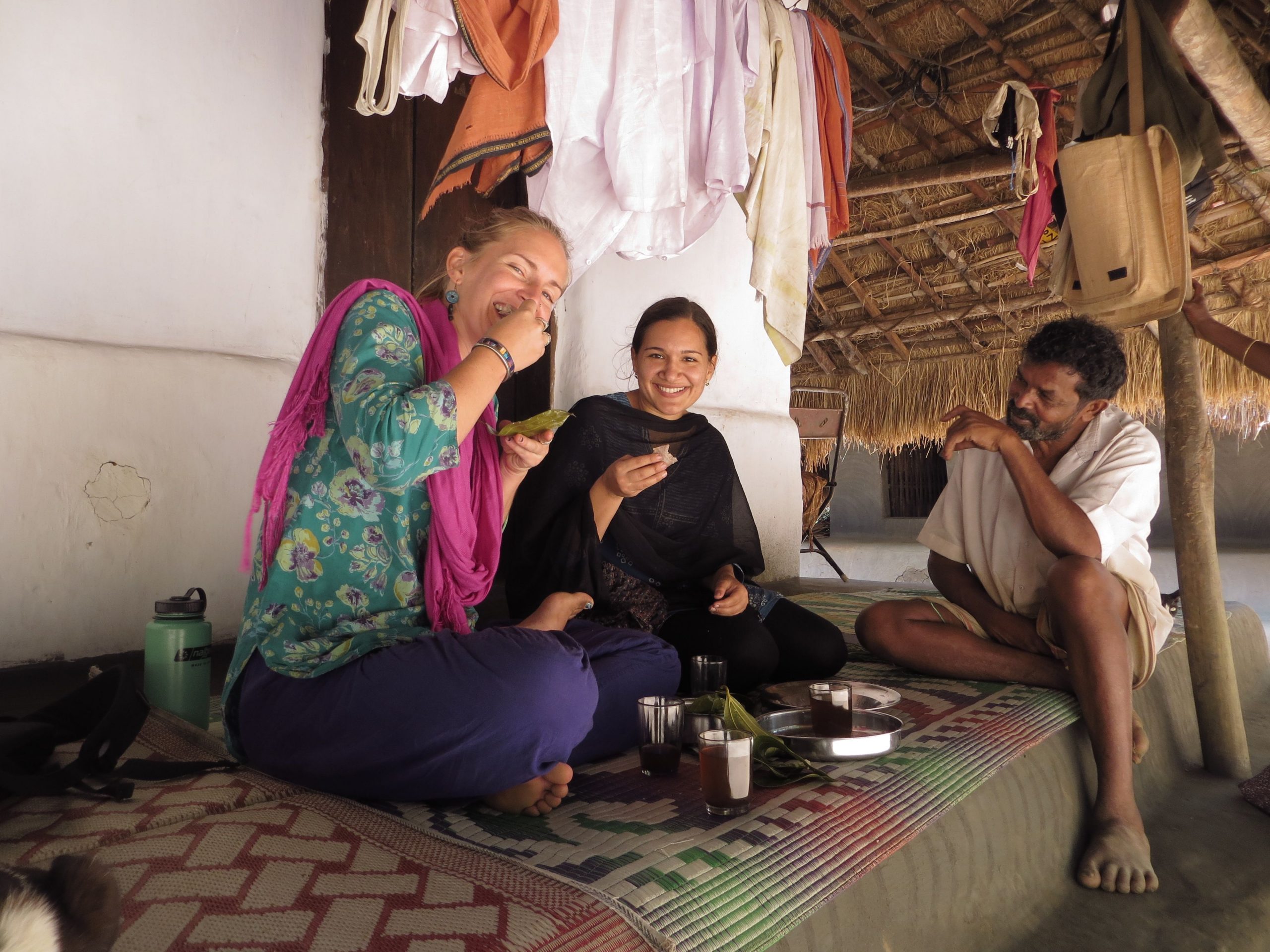
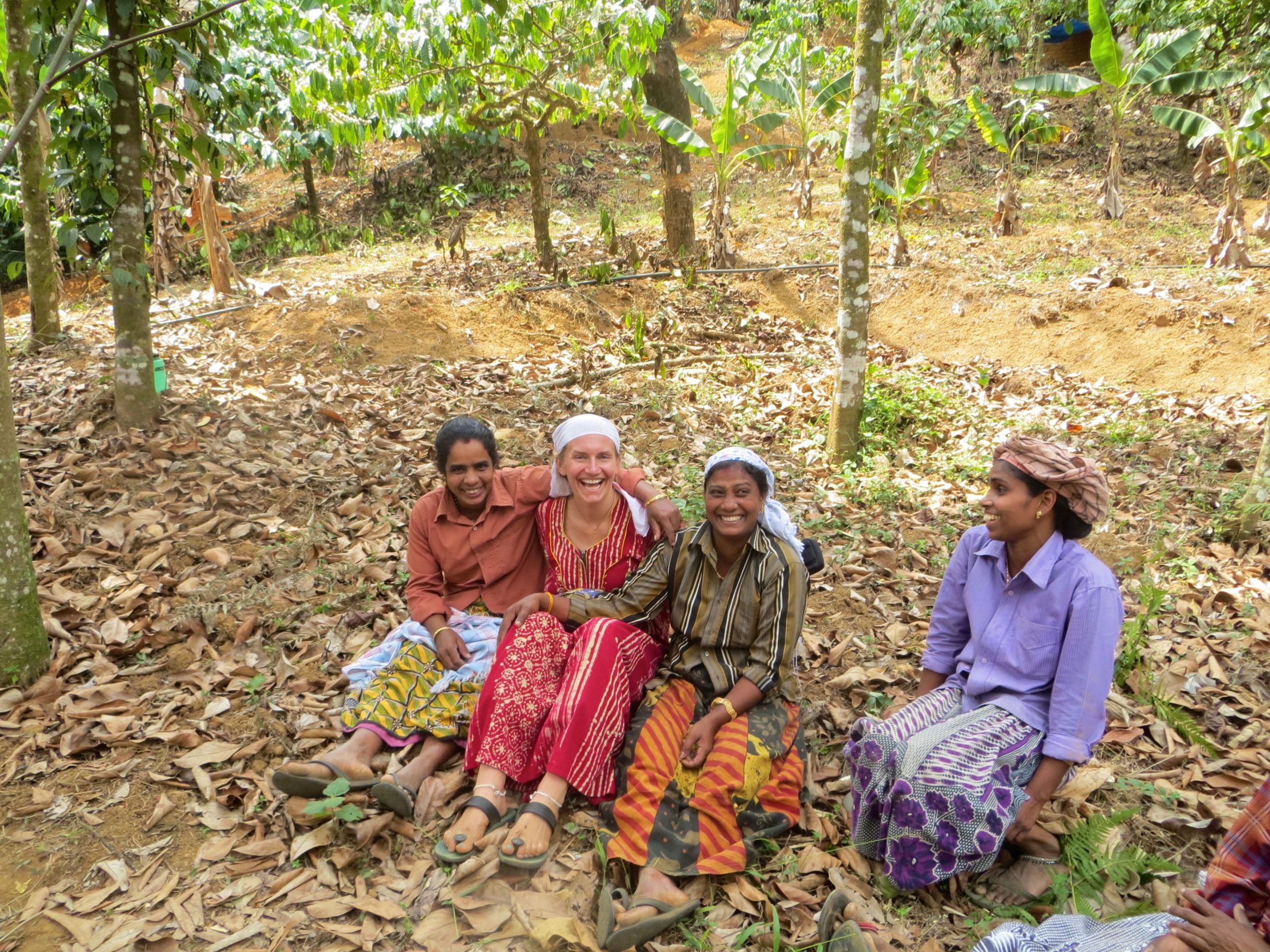
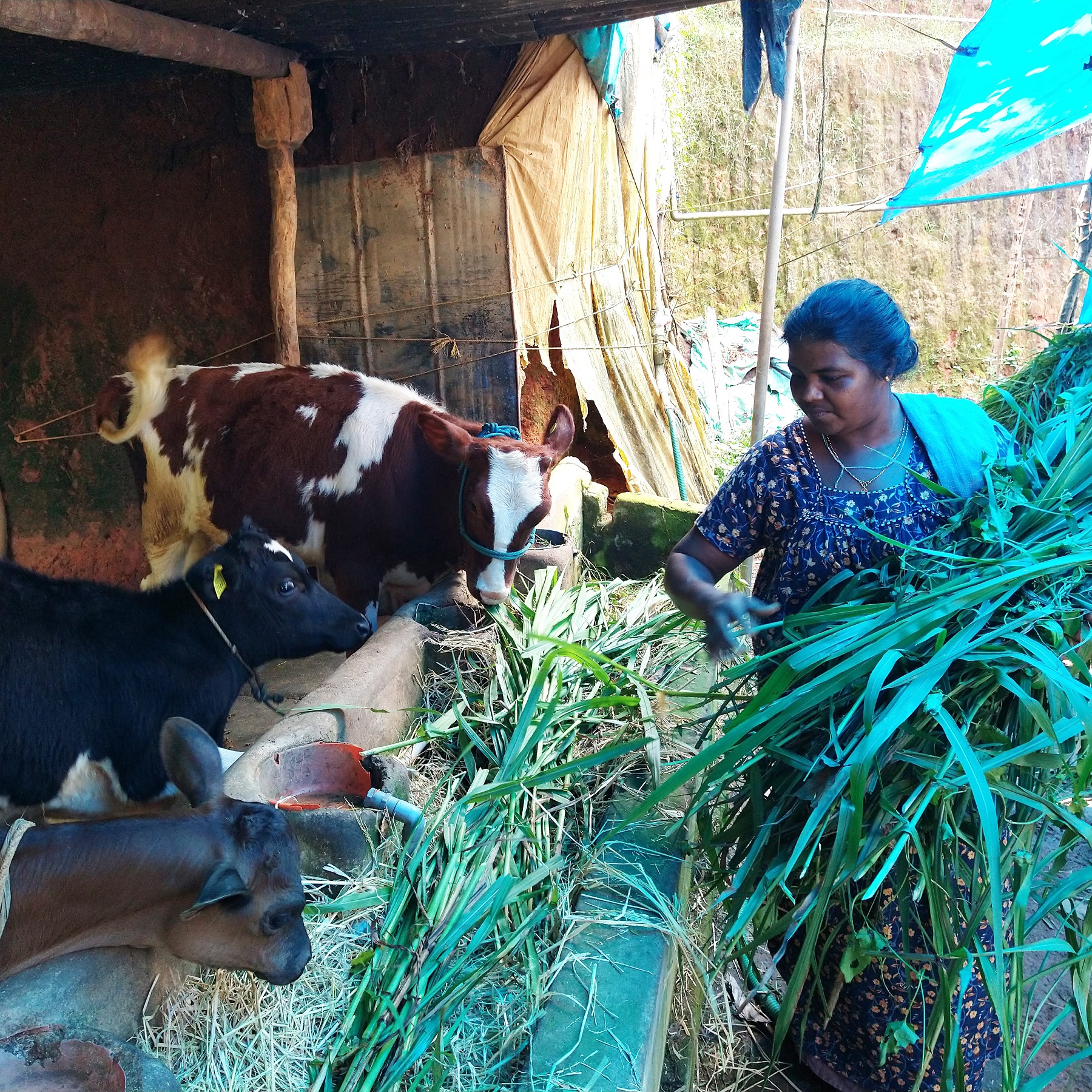
Leave a Reply
You must be logged in to post a comment.